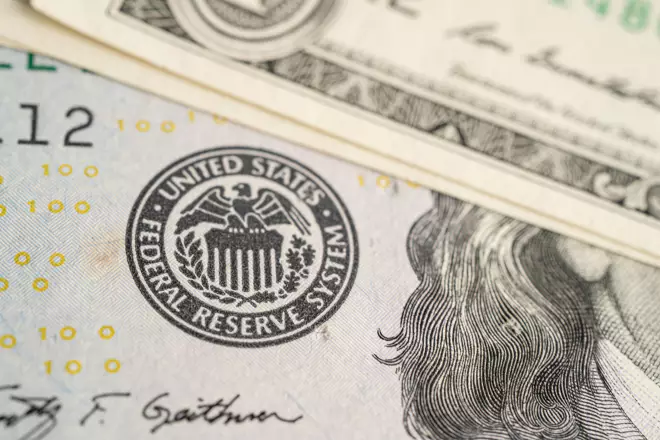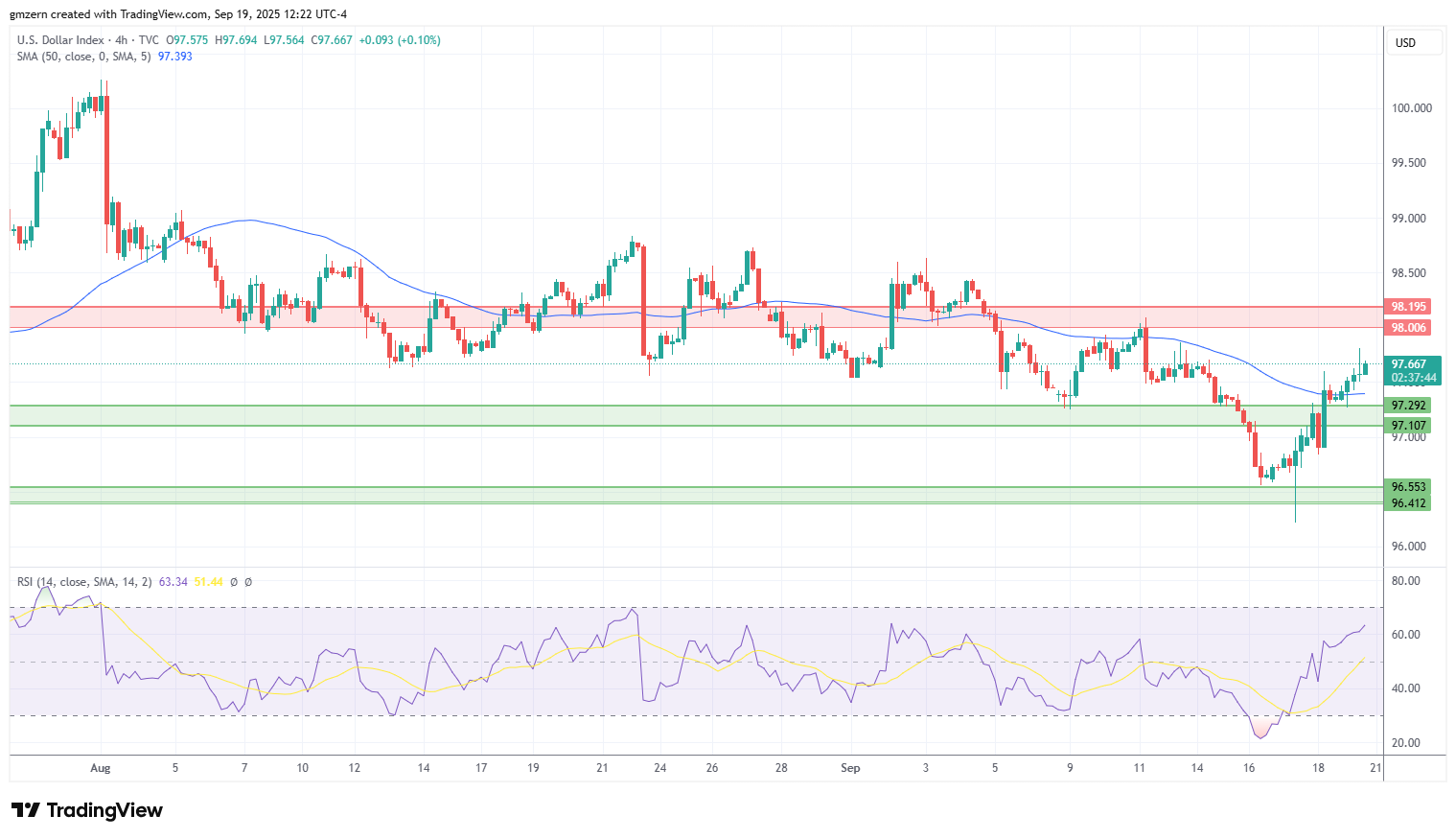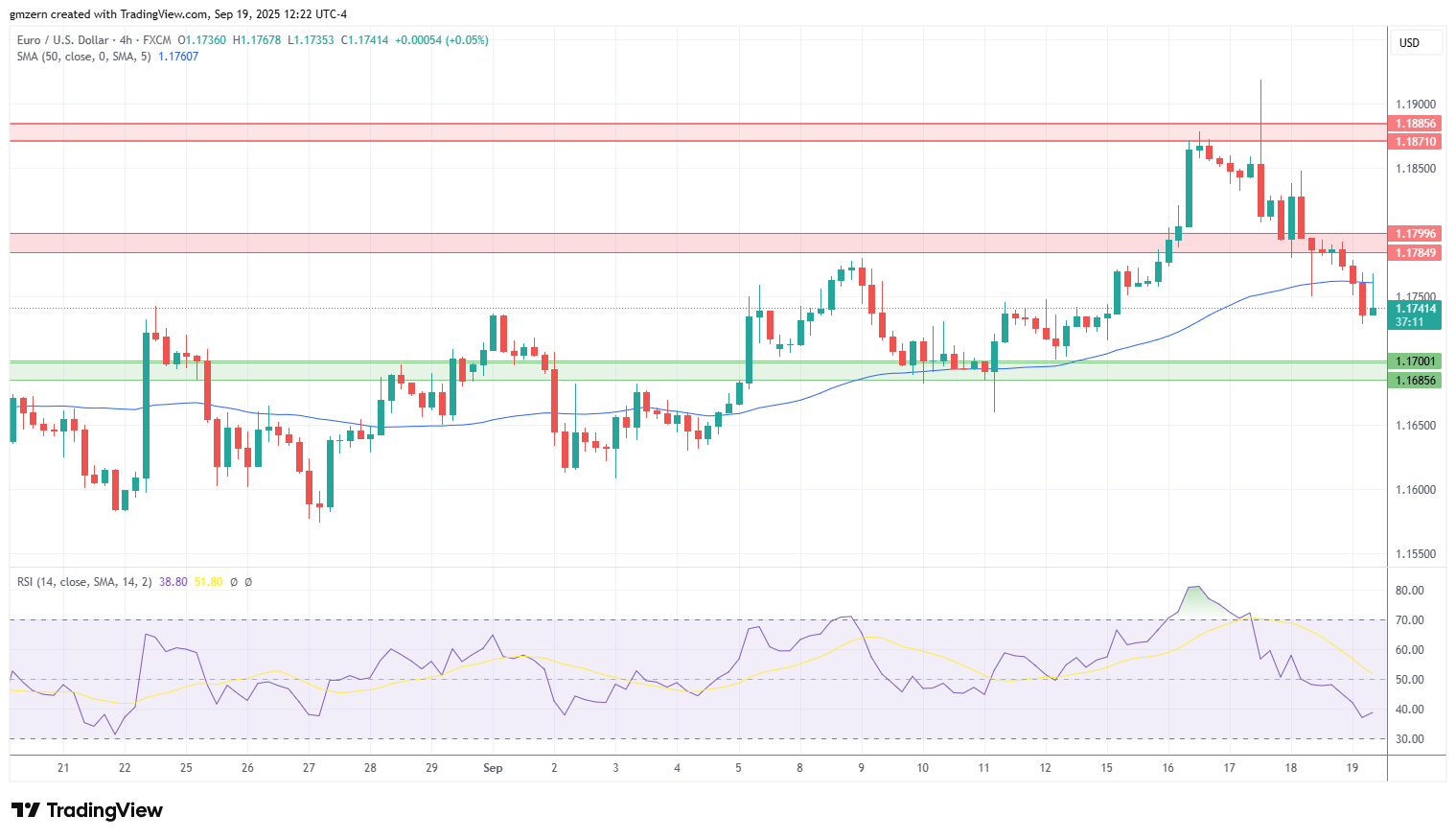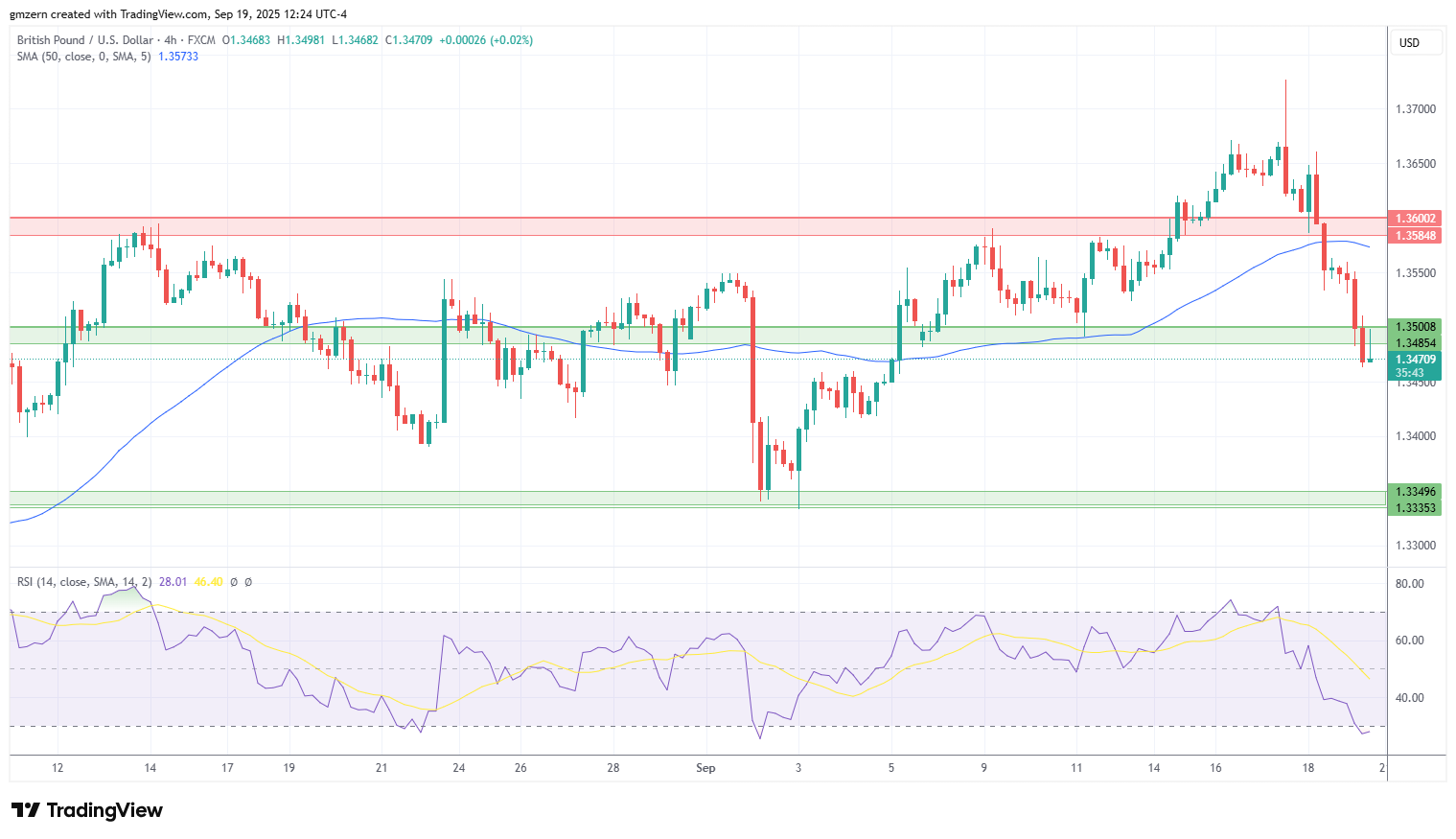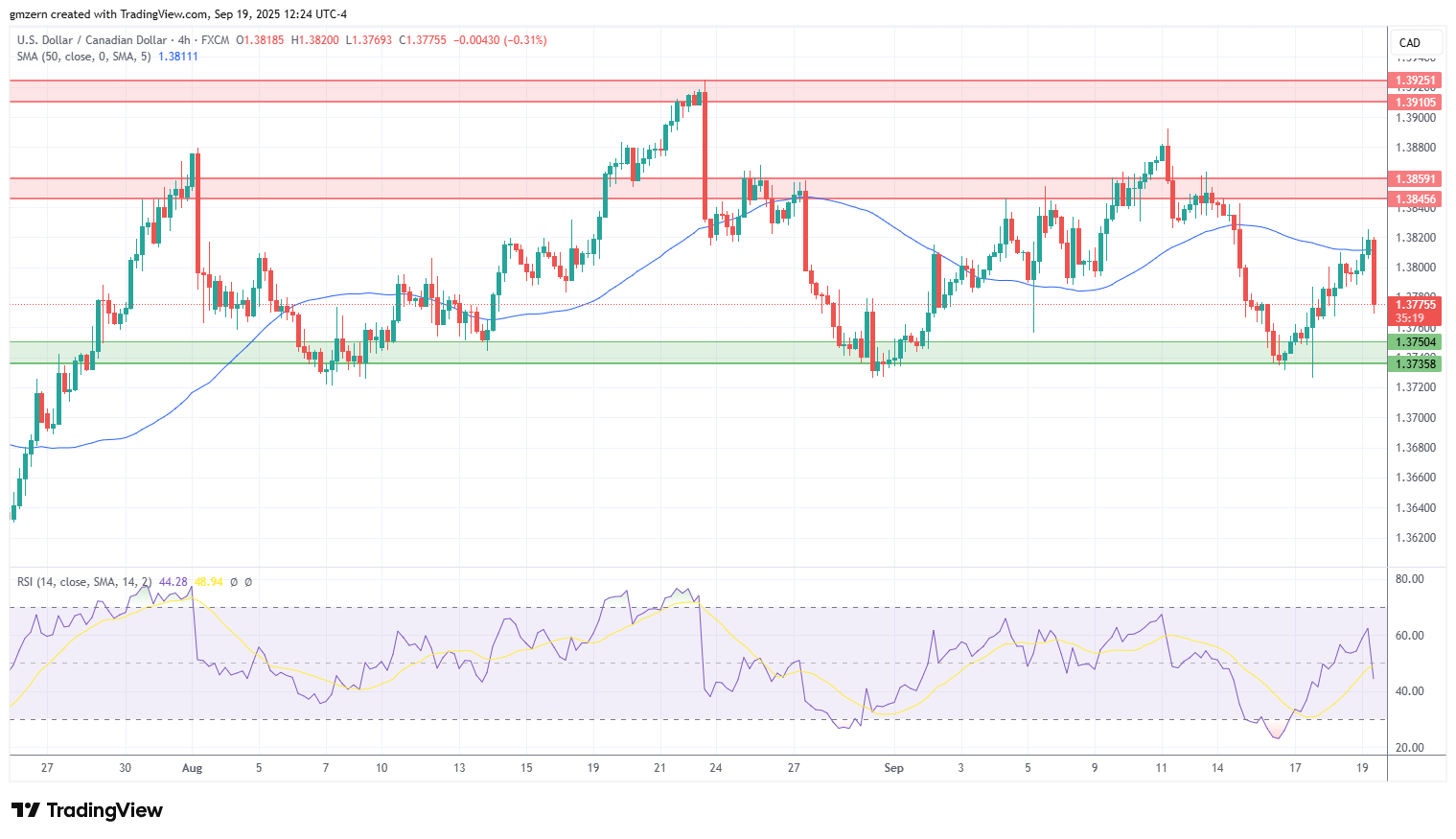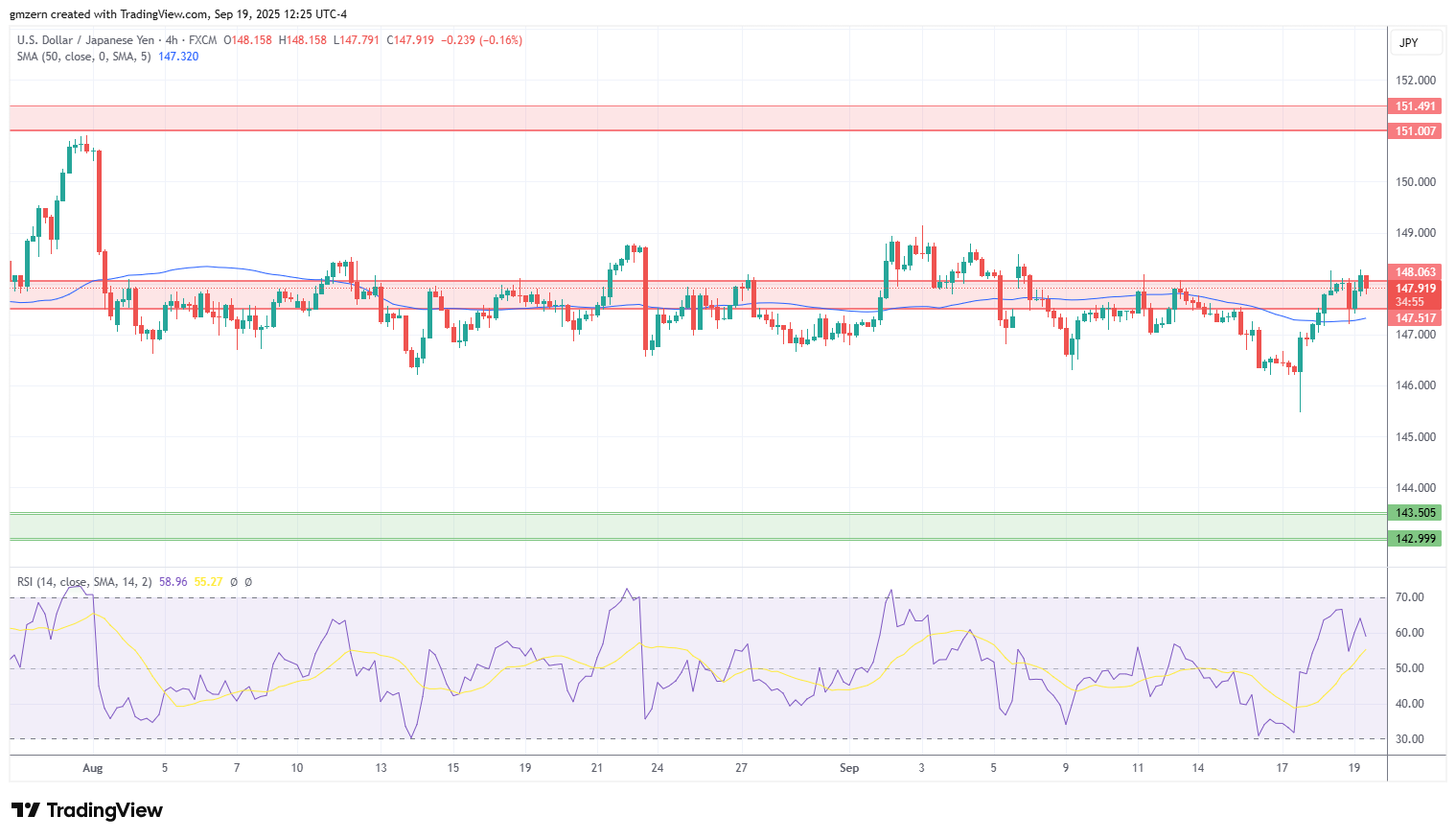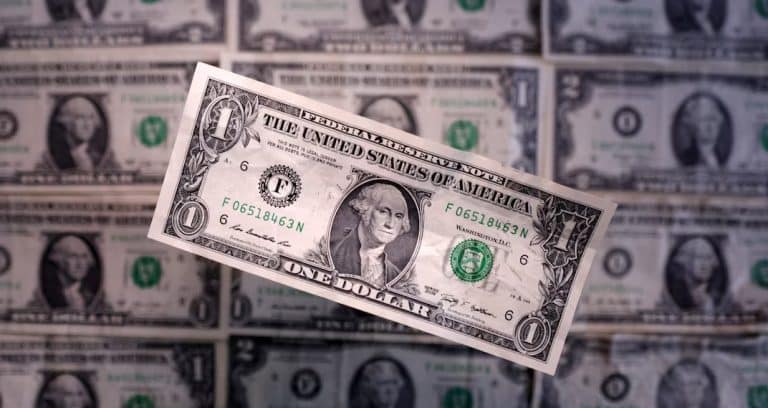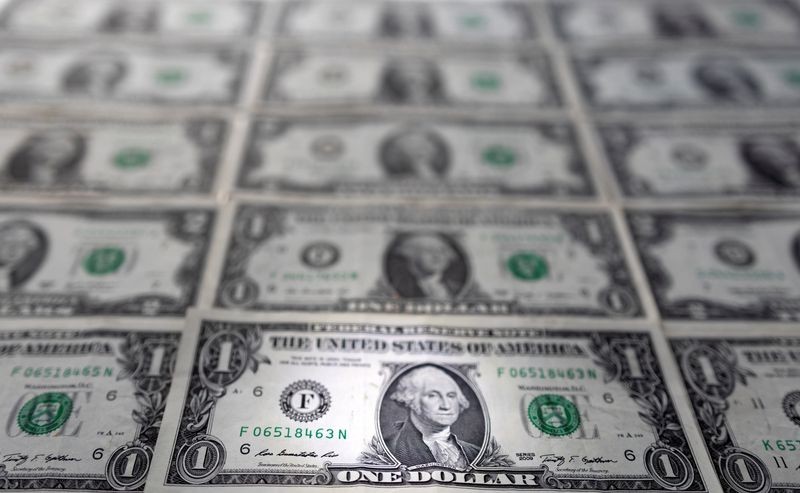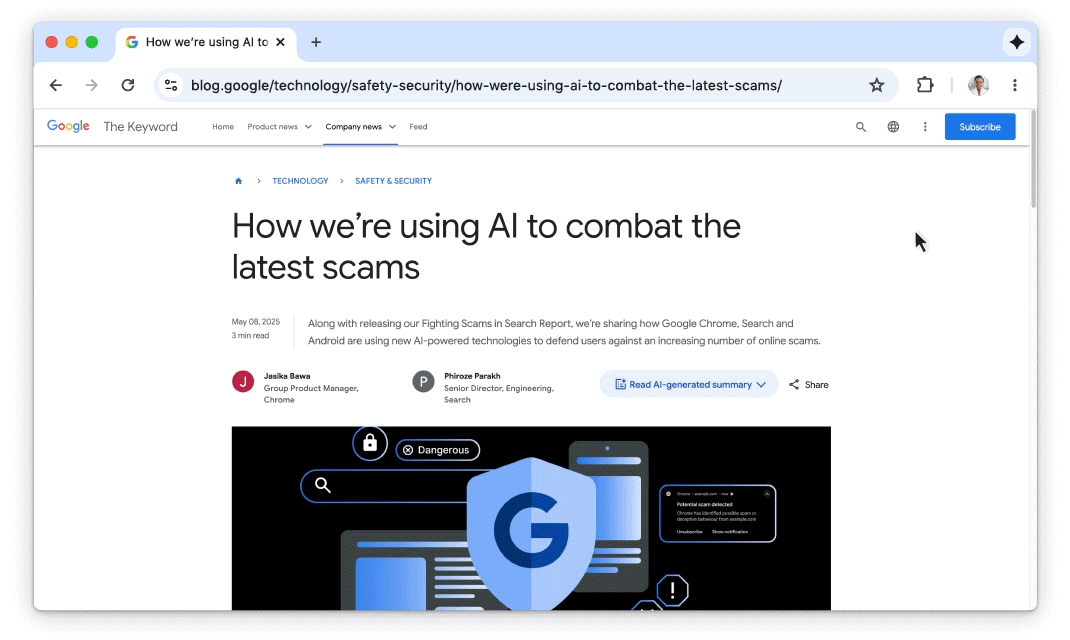A massive $300 million investment led by Cathie Wood’s ARK Invest and Abu Dhabi-based Pulsar Group is set to transform a publicly traded football business into a dedicated cryptocurrency treasury, sending its stock price into the stratosphere.

Brera Holdings, which owns stakes in football teams across Italy, North Macedonia, Mozambique, and Mongolia, announced it will begin accumulating Solana’s native token, SOL. This radical pivot follows a $300 million private investment that caused shares in the Nasdaq-listed company to surge an incredible 225% in a single session, after initially spiking as high as 592%.
A Football Club’s Radical Pivot to Crypto
In a bold strategic shift, Brera Holdings will rebrand itself as Solmate. The newly formed entity plans to not only hold Solana on its balance sheet but also pursue a dual listing for its shares in the United Arab Emirates. An investor presentation highlighted that “Solmate’s UAE relationships” are expected to “supercharge SOL accumulation,” signaling an aggressive acquisition strategy.

The new CEO, Marco Santori, a veteran of the crypto industry who previously served as Chief Legal Officer at Kraken and was a general partner at Pantera Capital, emphasized the company’s unique position. “Solmate is not just another treasury,” Santori stated, pointing towards a more ambitious vision.
The “MicroStrategy Playbook” with a Solana Twist
This move is the latest example of a growing trend where thinly traded public companies pivot to a “crypto treasury” model. The goal is to emulate the phenomenal success of Michael Saylor’s MicroStrategy, which has seen its market value climb to approximately $100 billion by using debt and equity to accumulate around $75 billion worth of Bitcoin.
Solmate aims to replicate this playbook but with Solana, one of Bitcoin’s largest competitors, as its primary asset. The strategy offers investors a way to gain exposure to SOL through a traditional stock exchange.
High Risk, High Reward: A Volatile Trend
While the potential upside is enormous, this strategy is fraught with risk. In recent weeks, several prominent crypto treasury companies have seen their shares slump, with some even trading below the value of the digital assets they hold.
A stark cautionary tale is Eightco, a Pennsylvania-based packaging company. Last week, its announcement to buy tokens linked to Sam Altman’s Worldcoin project sent its shares up an astronomical 3,000% in one day, only to crash by 72% shortly after. Notably, the brokerage Cantor Fitzgerald advised the lead investors in both the Brera (Solmate) and Eightco private placements.
The Power Players Behind Solmate
The deal is backed by influential figures. Cathie Wood, who rose to fame in 2021 when her ARK Innovation ETF delivered massive returns, is a key investor. Her decision was reportedly swayed by the involvement of another high-profile figure: right-leaning economist Arthur Laffer.
Laffer, known for the “Laffer Curve” theory, has joined the Solmate board. Wood has previously described him as a “mentor,” and sources close to the deal confirmed she moved quickly to invest once Laffer’s participation was secured.
What’s Next for Solmate and the Solana Treasury Space?
Brera Holdings, soon to be Solmate, is entering a “crowded field” of companies betting on Solana. Just this week, Santori’s former investment group, Pantera, helped raise $1.25 billion for a medical device company that also plans to hoard SOL tokens.
Coming from a background of multi-club football ownership—where its teams have had mixed success—Brera’s transformation into Solmate represents one of the most audacious crypto plays of the year. Investors will be watching closely to see if it can successfully execute the MicroStrategy playbook or if it will succumb to the market’s notorious volatility.



